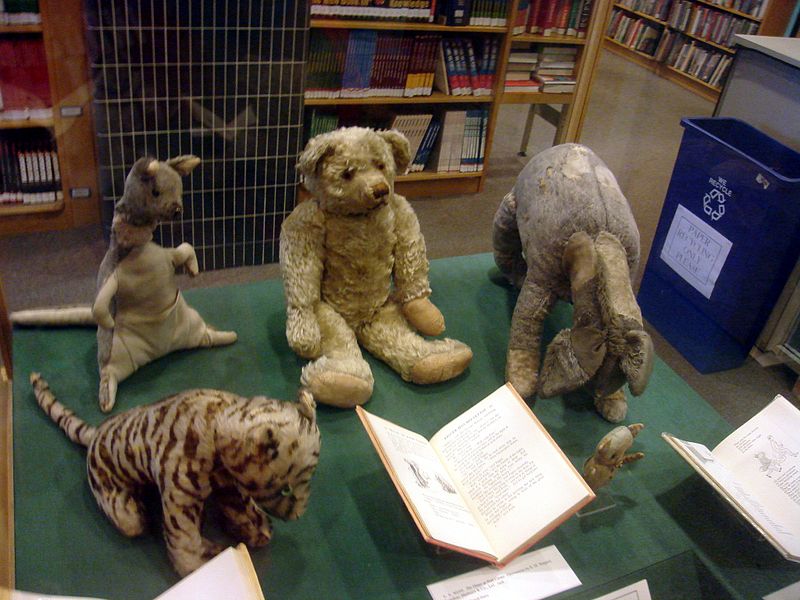
Figure 1 – Photographic media: (Top) Kodak TX 35 mm film, (Bottom left) 4 Gb Kingston flash drive for Canon 300D, (bottom right) 16 Gb flash memory for Canon T2i.
I want to point out a seldom realized deficiency about digital photography. It has no smell! And smell is key to human remembrance. Film photography has smells. There are fragrances associated with film. There are fragrances associated with development and printing. Most strong is the acetic acid smell of stop bath. So remember that when you look at Figure 1, which shows my newly minted box of Kodak Trix Film and the flash memory cards for my Canon 300D and T2i. Only the first has an associated odor.
When I first got my Canon 300D I had the option of purchasing a MEMS Hard Disk ( a little tinnie tiny mechanical device) instead of a flash memory card, and I was so taken by the reality of this that I just couldn’t resist. I was so taken by the marvel of technology that I succumbed to geek temptation. My enthusiasm waned at my son’s college graduation when the mechanical components overheated in the intense heat and humidity, and I spent hours coaxing the files off the disk.
In any event, so it is August 31, 2016 and we say that film will soon become totally obsolete and unavailable – so sorry friends of film. But what about the other media in the Figure? When I first started as a scientist we had punch cards (stop laughing people), then paper tape, then magnetic tape, then eight inch floppies, then five inch floppies, then those lightening fast and wonderful zip disks, then optical memory disks, then CDs … And note that today a lot of computers come sans disk drive. It’s all in “The Cloud.” Now that’s reassuring for sure!
The only consistent theme here is obsolescence. Technology meets and then creates demand. But most of all technology creates obsolescence. So in all probability when you dust off and examine your modern DSLR fifty years hence. You will be perplexed how to proceed. In all probability there won’t be batteries and there won’t be media. In embracing the whirlwind technological climb of the singularity, photography has abandoned its permanence. There will only be the smell of dust.







